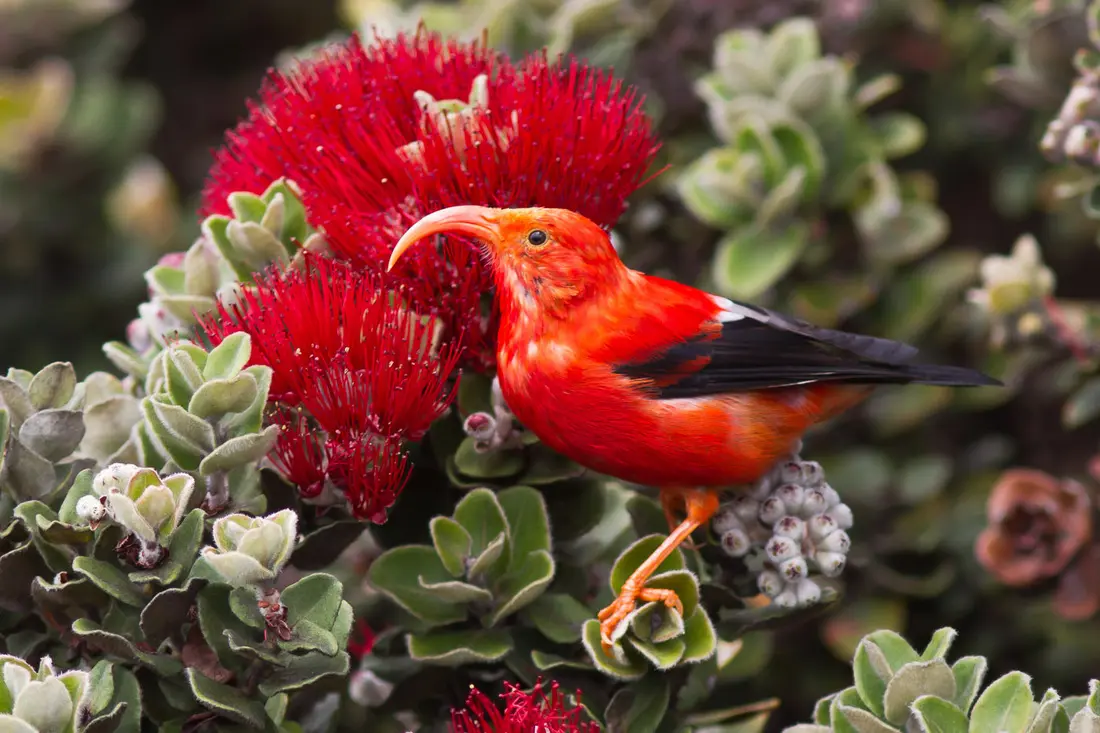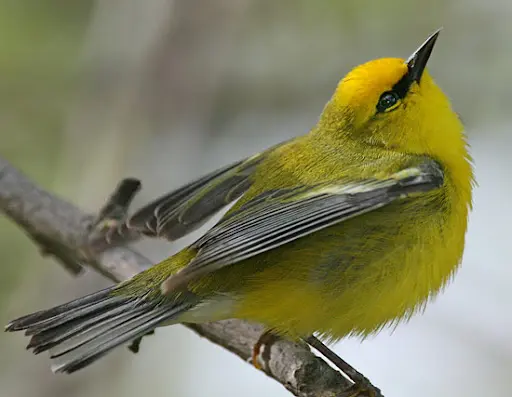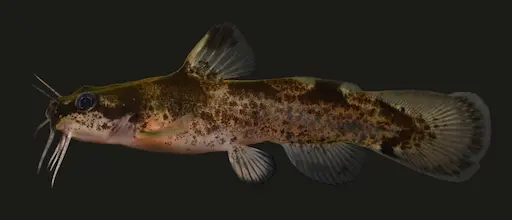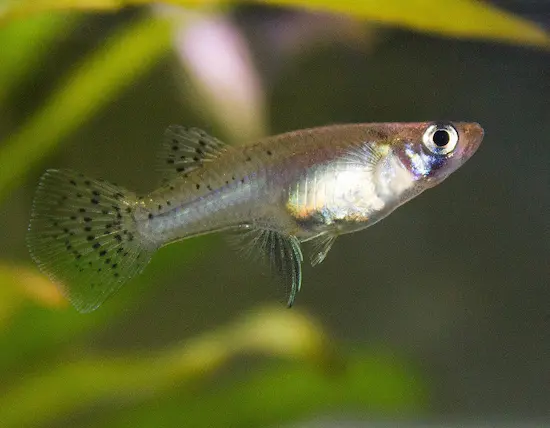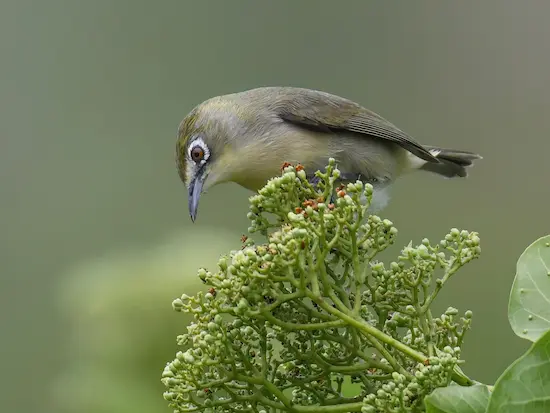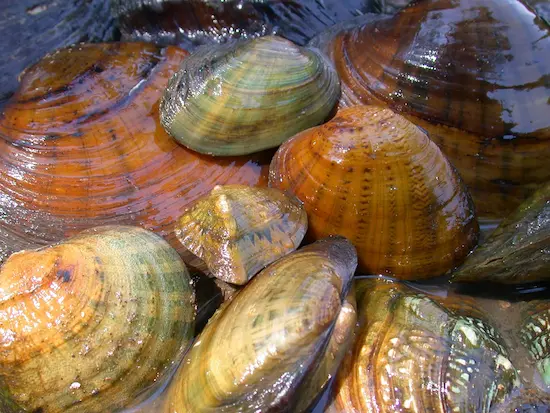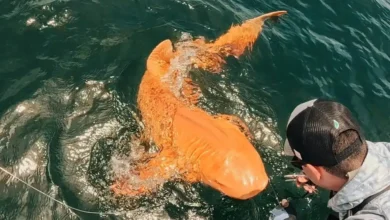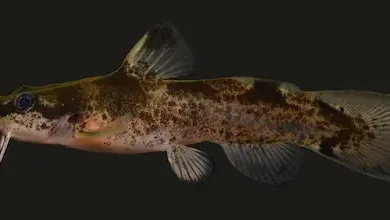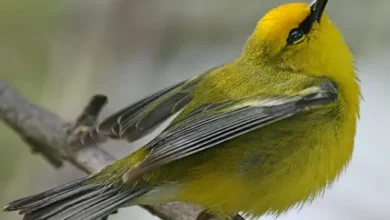Animals and Species That Went Extinct in the US (2023-2025)
Complete List, Facts & Images
The extinction crisis continues to impact biodiversity in the United States, and in the years 2023 through 2025, several species have officially been declared extinct by the U.S. Fish and Wildlife Service. Most of these extinctions were the result of habitat destruction, climate change, invasive species, pollution, and delayed conservation efforts. Here is a detailed look at each species, the circumstances of their extinction, and images to honor their memory.
Extinct Animals and Species (2023-2025)
1. Hawaiian Honeycreepers (8 Species)
Extinct Honeycreeper Species:
-
Maui akepa
-
Maui nukupuu
-
Kakawahie (Molokai creeper)
-
Poouli (black-faced honeycreeper)
-
Kauai akialoa
-
Kauai nukupuu
-
Kauai oo
-
Kamao
These vibrantly colored, nectar-feeding birds were once iconic to the Hawaiian islands. Multiple threats caused their extinction: habitat loss, mosquito-borne diseases, invasive predators (rats, cats), and decline in food sources like native tree snails. The last poouli died in captivity in 2004 after desperate conservation efforts.
2. Bachman’s Warbler (Vermivora bachmanii)
A small migratory songbird native to the swamps and bottomland forests of the southeastern US. Habitat destruction (deforestation, stream drainage) led to its sharp decline. The last confirmed sightings were in the 1960s and 1988. Although long feared lost, the warbler was officially declared extinct in 2023.
3. Scioto Madtom (Noturus trautmani)
A small, nocturnal catfish native to Big Darby Creek, Ohio. Declared extinct after last being seen in 1957, it succumbed to pollution, siltation, and habitat modification caused by agricultural and industrial runoff. This fish survived in such low numbers that preservation became impossible.
Image reference: There are very few photographs; most evidence consists of preserved specimens.
4. San Marcos Gambusia (Gambusia georgei)
A tiny freshwater fish from Texas that was last seen in the wild decades ago. Persistent threats included habitat modification and pollution, leading to its extinction.
5. Bridled White-eye (Zosterops conspicillatus conspicillatus) and Little Mariana Fruit Bat (Pteropus tokudae)
Both native to Guam, these species were lost due to habitat destruction and invasive predators. Their extinction further highlights the vulnerability of island ecosystems.
6. Southeastern Freshwater Mussels (8 Species)
The following mussels were declared extinct due to water pollution, dam construction, changing river flows, and habitat fragmentation:
-
Flat pigtoe
-
Green-blossom pearly mussel
-
Southern acornshell
-
Stirrupshell
-
Tubercled-blossom pearly mussel
-
Turgid-blossom pearly mussel
-
Upland combshell
-
Yellow-blossom pearly mussel
These mussels were essential for river health, filtering water and supporting aquatic food webs.
Causes of Extinction
-
Habitat Destruction: Urbanization, agriculture, logging, and stream modifications.
-
Pollution: Particularly affecting aquatic species like mussels and fish.
-
Climate change: Increased disease spread and natural disasters.
-
Invasive Species: Rats, cats, and non-native plants devastated many ecosystems.
-
Delayed Conservation: Many species were not protected until their populations had already collapsed.

